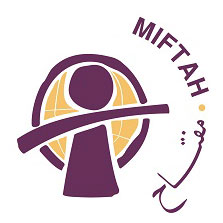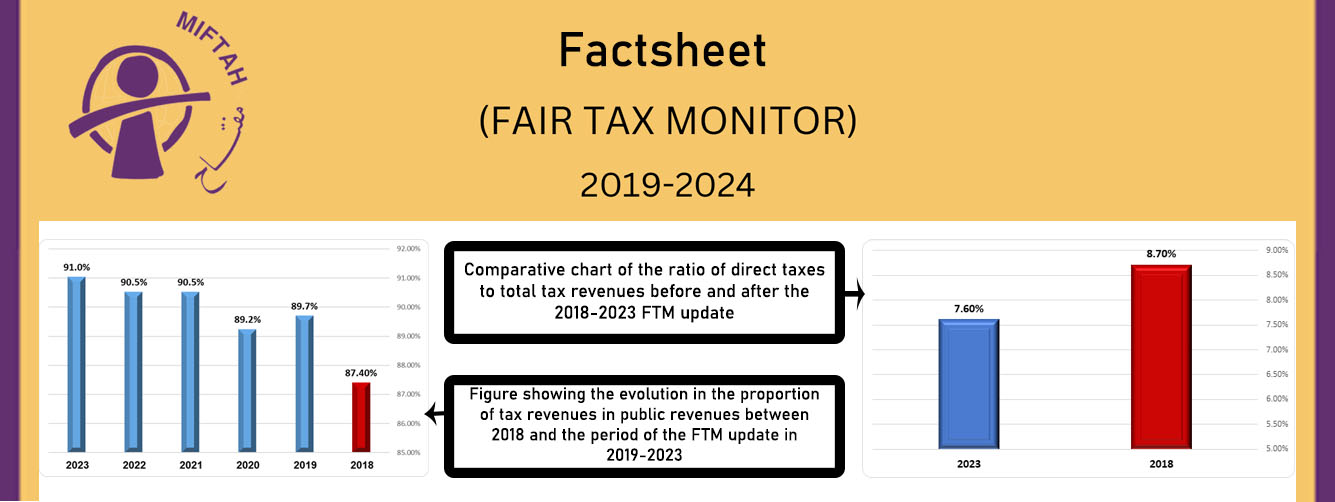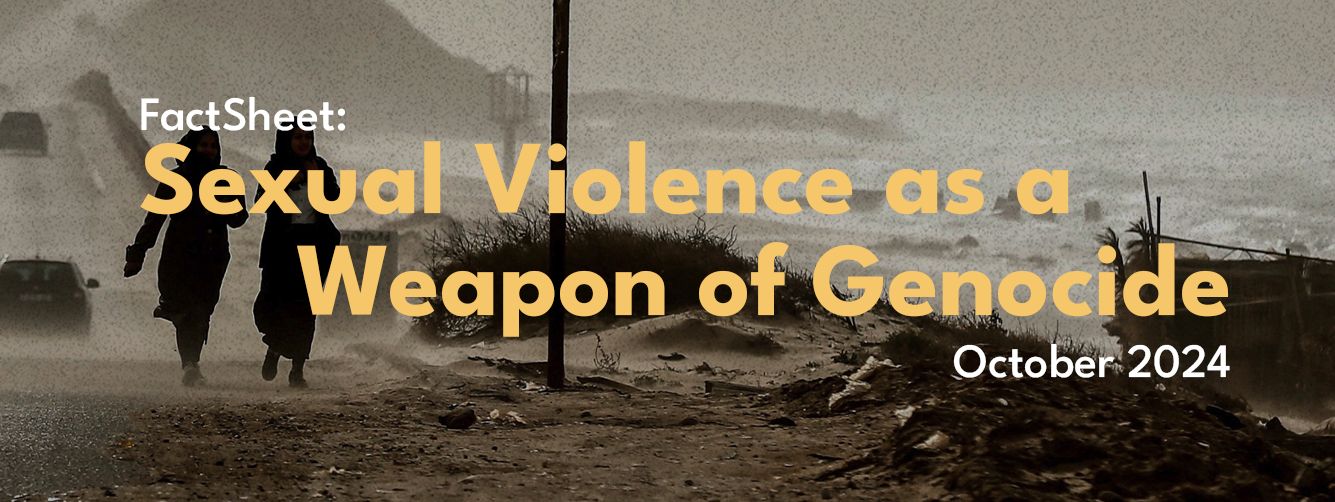The Jordan Valley covers around 28.8% of the West Bank and is rich in land and water resources, making it conducive for agriculture and animal husbandry. Even though there are 58,000 Palestinians and about 11,679 Israeli settlers living in the area, only around 5% of the Jordan Valley is under full or civilian Palestinian control. The remaining 95% of the Valley is designated Area C, which under the Oslo agreement makes it under full Israeli control, where 45% is controlled by Israeli military, and 50% is directly controlled by the settlers. This means that there is no room for any Palestinian development or enterprise, as that agricultural and grazing land is not accessible to Palestinians.
While Israeli settlers in the Jordan Valley cultivate 33,000 dunams of land with high government assistance and turn in around $133 million in revenue, 98.3% of Palestinian farmers have lost productive capacity due to Israeli restrictions in the Jordan Valley. Furthermore, limited access to Area C (most of which is in the Jordan Valley) costs the Palestinian economy around $480 million per year and is responsible for the unemployment of 110,000 Palestinians.
Expansion of Jewish Settlements and demolition of Palestinian villages
The Jordan Valley fell in the hands of Israel as a result of the 1967 war. After occupying the area in 1967 for “security” reasons (providing an eastern security buffer zone,) Israel started encouraging young Israeli couples to start agricultural and touristic industries in the area. Around 70,000 – 300,000 Palestinians in the Jordan Valley were evicted to other areas in the West Bank to make way for the agricultural settlers, which is highly illegal under international law. When the first settlement in the Jordan Valley – Mehola - was constructed in 1968, it was to implement the “Alon” plan which aimed at altering the Arab – Jewish demographic dynamics by encouraging Jewish settlements in sparsely populated Palestinian areas.
Currently, there are around 38 settlements and outposts in the Jordan Valley, with a settler population of 11,679. As part of the incentives to encourage people to move to these “priority areas”, settlers in the Jordan Valley are offered 70 dunams of land, extended tax breaks, housing subsidies, mortgage plans, and discounts on water, electricity and other utilities.
While this is the life of Israeli settlers in the Jordan Valley, the lives of Palestinians in the Jordan Valley are in much more dire circumstances. 48.7% of the Jordan Valley territory is considered “state land,” 20% has been designated as nature reserves, and 46.1% is a closed military zone. The remaining area falls under the jurisdiction of the settlements’ regional council, in this case being the Jordan Valley regional council. This then makes 85.2% of the Jordan Valley fully inaccessible to Palestinians living in Area C, where they are unable to cultivate their land, drill wells, build permanent structures including health centers and schools, have access to water/electricity/sewage systems, and are under constant threat of being evicted from their land. 90% of all demolitions in the occupied West Bank were in the Jordan Valley (2012). Data from Save the Children in 2009 indicated that 31 of the surveyed households in the Jordan Valley had been temporarily or permanently displaced at least once since 2000 as a result of Israeli military orders and house demolitions. According to UNRWA, 2,033 of the 4,175 Palestinians who were displaced in 2011 in the Jordan Valley were children.
In 2014 and 2015, the Civil Administration demolished all structures in the small shepherding community of Khirbet ‘Ein al Karzaliyah four separate times. While Israel demolishes houses and structures “built without a permit”, it refuses to issue permits to Palestinians who apply for them. From 2000–2007, only six percent of permit applications were granted. During the same period, Israel demolished 1,663 Palestinian structures including schools and clinics in the Jordan Valley have been demolished.
Water
The Jordan Valley has the richest water resources in the whole of the West Bank. The Dead Sea, Jordan River, and other springs would be sufficient to provide water for Palestinians in the Jordan Valley and other parts of the West Bank. However, Israel controls most of the water resources in the area causing Palestinians in the Jordan Valley, especially those in Area C, suffer from water inaccessibility.
Palestinians are only allowed 40% of the water in the Eastern Water Basin in which the Jordan Valley is situated, and they Palestinians are also not given permission to access springs located outside their direct communities.
The 44.8 million liters of water per year that Israel allocates to its Jordan Valley and Northern Dead Sea settlers is around one-third of the total amount of water that is accessible to the 2.6 million Palestinians in the West Bank. While the average settler consumes 487 liters/person/day, most Palestinians in the Jordan Valley get 15-30 liters/person/day, which is less than the WHO recommended minimum of 100 liters/day. This figure is alarmingly small in some Bedouin communities in the area who get less than 20 liters/day which is only comparable to the water situation in disaster areas such as refugee camps in Darfur or in Haiti after the earthquake.
Since 1967, Israel has strictly prevented the drilling of Palestinian wells and has destroyed 140 Palestinian water pumps while confiscating 162 agricultural water projects. As a result, only 37% of Palestinians in the Jordan Valley are connected to water while the rest need to buy their water in tanks from an Israeli water company, Mekerot. They have to buy their water in tanks that cost from 14 – 37.5NIS/m3 while the normal price for water from a water network runs at 2.6 NIS/liter. This has resulted in some households spending around 40% of their income on water. The Israeli Civil Administration also refuses to do any renovation or development to the natural water sources used by Palestinians, such as improving or restoring natural springs in their communities, and demolishes any attempts by Palestinians themselves to do so. The Civil Administration even confiscates expensive water containers shepherds transport to grazing areas for their animals. The Jordan Valley Regional Council has also rejected proposals by Palestinians to develop wells in their communities, but at the same time was funding settlements that had swimming pools through the council.
The Bedouins
Most affected by the Israeli policies of segregation, deprivation, and limited freedom of movement are the Bedouins of the Jordan Valley who number around 15,000. The Bedouins are mostly cattle herders who move from place to place looking for pasture and water for their herd. The abundance of such resources in the Jordan Valley made it an attractive place for them to reside. Most are refugees from the 1948 war, from what is now southern Israel. Before being displaced to the Jordan Valley, some of these communities had settled in the southern hills of Hebron, in the West Bank, from which they were displaced for “security reasons” following the 1967 war. Since most of these people are refugees and don’t have deeds to the land they live on, they are under constant threat of being evicted. Most live in Area C of the Valley where they are not allowed to build permanent structures including homes and schools. As a result they live in tents and tent-like structures, and herd their cattle in very limited plots of land that are accessible to them. This displacement still continues, as in 2014, the Civil Administration launched plans to build a new settlement, which will force thousands of Bedouins in the Jordan Valley to be displaced.
Most of the Bedouins in the Jordan Valley live without infrastructure and services such as water, electricity, transportation, health services, etc. They suffer the most from water scarcity in the area due to their low income and demand for grazing land and water for their herds. They don’t have water for most of the year, because they cannot drill water wells and the Israeli agricultural settlements take water away from the available natural springs they had relied on for years, forcing the Bedouins to have to buy water. They buy their water in tanks from an Israeli company at a rate of 20-38 NIS/cubic meter and bring it in a tractor. Due to the expenses as well as the limited access involved in getting water, most villages have only 30-36 liters of water per person per day.
Due to lack of access to land and water, 79% of the Bedouins in Area C are food insecure. 93% of the children consume less than the recommended number of meals, 15% are underweight, and nearly one third have stunted growth.
The combination of the severe economic situation and the lack of educational facilities has forced Palestinians, even children, to seek employment in Israeli settlements.
Agriculture and Unemployment
What makes settlements in the Jordan Valley unique from most other settlements in the West Bank is that they are there for mostly economic and agricultural incentives. Most of the settlers that own farms or related factories are there for the economic incentives offered to them by the Israeli government due to their location, rather than for ideological reasons. Even though the Jordan Valley constitutes much of the agricultural wealth of Palestinians, 60,000 dunams of agricultural land is unavailable to Palestinians in the Jordan Valley.
42% of the Jordan Valley Palestinian population depends on agriculture or animal husbandry. However, Israeli control over land and water has severely limited the productive capacity of the Palestinian economy and has led to food insufficiency in the Jordan Valley. Many farmers in the Jordan Valley now can only rely on good weather conditions and risk high loss during dry seasons, while Israeli settlers enjoy a sustainable water supply and have over 13 times more irrigated land. According to the World Bank, better access to water can improve Palestinian agricultural revenue by 10%.
Additionally, the unemployment rate reached 21% and 98.3% of Palestinian farmers in the area have lost their productive capacity due to Israeli restrictions, namely restrictions on movement. With more than 15 roadblocks and checkpoints in the Jordan Valley area, Palestinians’ capacity for economic development is severely hindered. The checkpoints limit the Palestinian agricultural produce that can reach Palestinian markets, and adds costs to transporting Palestinian goods to Israeli or Palestinian markets. Considering the agricultural nature of the goods, delays in the checkpoints and back-to back operations where goods are moved from one truck to another affects the quality and amount that can finally reach its destination.
The Minister of Labor in Jericho stated that 60% of the employed workforce in the region work for agricultural Israeli settlements. Unable to farm or raise their own cattle, and out of other economic options, about 10,000 – 20,000 Palestinians work in settlements in the Jordan Valley. Even if civilian Israeli law was applicable in Israeli settlements in the occupied West Bank, it’s not enforced when it comes to Palestinian laborers in these settlements. Often times, Palestinian workers are not paid the Israeli minimum wage and are not formally registered and therefore do not benefit from Israeli labor laws or rights. The daily wage for Palestinians runs as low as 60-100 NIS/day, which is two or three times less than the daily wage in Israel proper, while Thai and other foreign laborers receive the standard Israeli wage of around 200 – 250 NIS and are entitled to Israeli labor rights and benefits.
Moreover, about 5.5% of the Palestinian workers in the farms are children as young as 13 years old, and oftentimes even younger. The Palestinian children who work in these agricultural settlements get employed through making unofficial agreements with Palestinian middlemen (referred to as a wasit) working for the settlers. The children get paid in cash, with no paper trail, meaning they do not have medical insurance or social benefits, and their work environment may not comply with international or Israeli health and safety regulations.
For the work they do usually from 6am-2pm on 6-7 days of the week, they get about 40-65 NIS/day. For most of these children, going to school is not a viable option due to the expenses, distance, hassle of checkpoints, and lack of facilities (primarily, school infrastructure and lack of teachers.) In addition, most carry the burden of supporting their families who are in dire economic circumstances. Employing child labor is prohibited not only in international labor law but also under Israeli law. However, the overall greater crime is the poverty under which these children live and which has forced them to work instead of gaining an education. As the occupying entity, Israel is fully responsible for ensuring the well being of the population it occupies and for enforcing international human rights and relevant treaties.
Sources:







